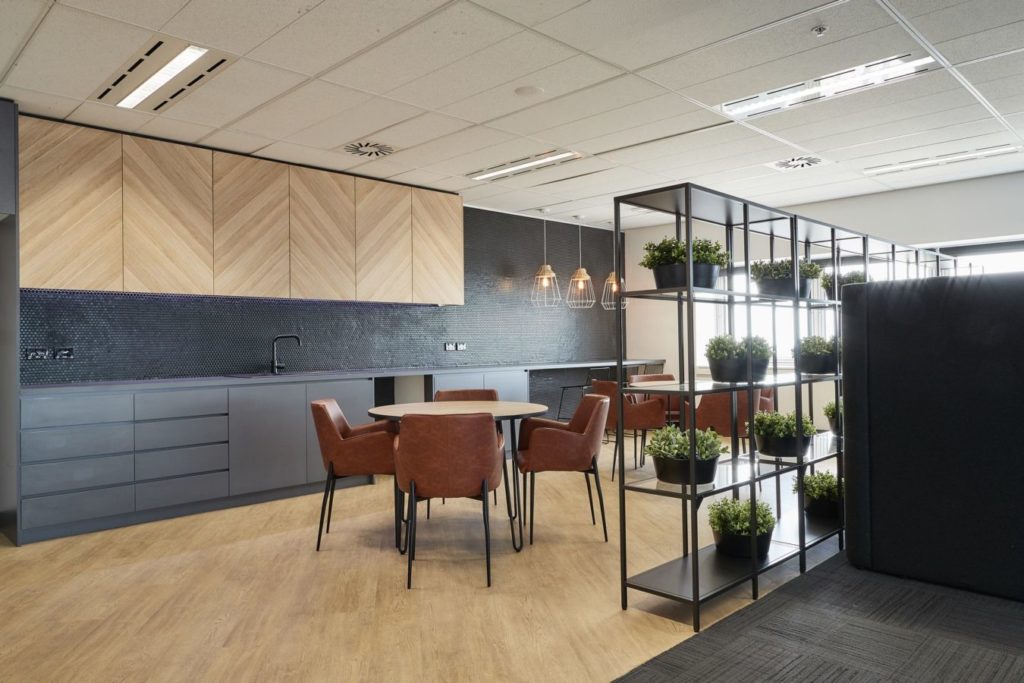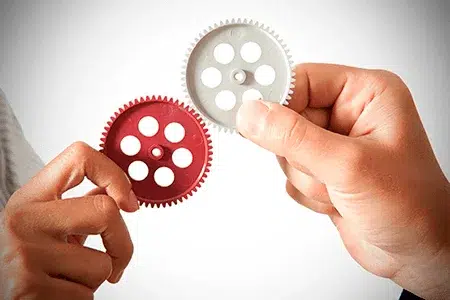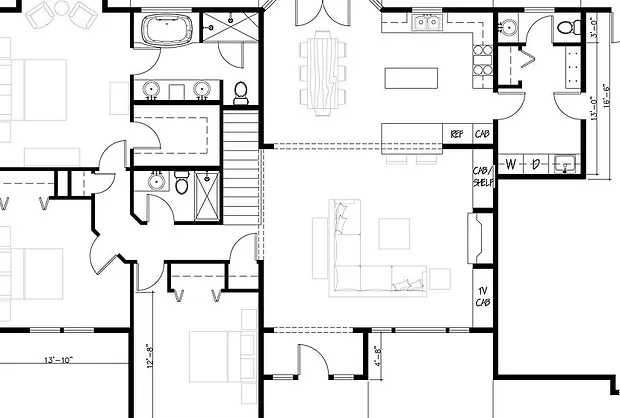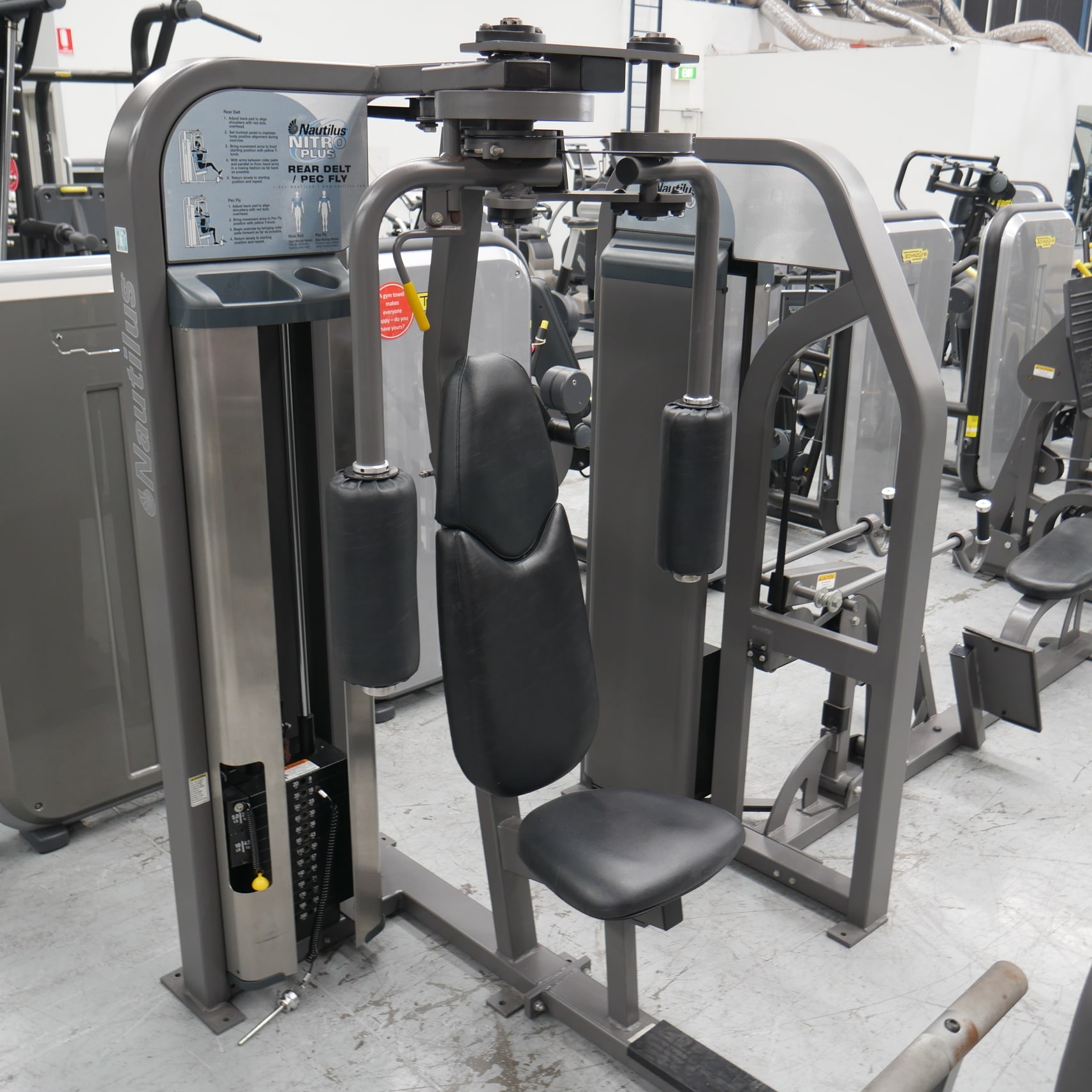
As the job market becomes increasingly competitive, job seekers are constantly looking for ways to stand out and secure their dream positions. One strategy that has been gaining popularity in recent years is utilizing the best reverse recruiter services. These services flip the traditional job search model on its head by having recruiters reach out to candidates, rather than the other way around. This article will explore how reverse recruiter services can empower your job search and provide you with a strategic advantage in today's competitive job market.
The Basics of Reverse Recruiter Services
Reverse recruiter services, also known as passive job search services, are platforms or agencies that connect job seekers with recruiters looking for qualified candidates. Instead of actively applying for jobs, candidates create profiles on these platforms and wait for recruiters to reach out to them with job opportunities. This approach allows job seekers to passively explore new opportunities while still maintaining their current job.
Key benefits of reverse recruiter services include:
- Access to hidden job market: Many job openings are never advertised publicly, and reverse recruiter services can connect you with these hidden opportunities.
- Increased visibility to recruiters: By creating a profile on a reverse recruiter platform, you can showcase your skills and experience to a wide network of recruiters.
- Time-saving: Instead of spending hours searching and applying for jobs, you can let recruiters come to you with potential opportunities.
How to Make the Most of Reverse Recruiter Services
While reverse recruiter services can be a powerful tool in your job search arsenal, it's essential to approach them strategically to maximize their benefits. Here are some tips to help you make the most of reverse recruiter services:
Optimize Your Profile
- Include keywords relevant to your industry and desired positions to increase the visibility of your profile to recruiters.
- Showcase your skills, accomplishments, and experience in a clear and concise manner.
- Add any relevant certifications, awards, or projects to make your profile stand out.
Stay Active and Engaged
- Regularly update your profile to reflect any new skills or experiences you have gained.
- Respond promptly to messages from recruiters and be proactive in seeking out new opportunities.
- Participate in webinars, networking events, and other activities offered by the reverse recruiter platform to expand your professional network.
Choosing the Right Reverse Recruiter Service
With the increasing popularity of reverse recruiter services, there are now numerous platforms and agencies to choose from. To ensure you select the right service for your needs, consider the following factors:
Reputation and Track Record
- Research the reputation and track record of the reverse recruiter service to ensure they have a history of successfully connecting candidates with job opportunities.
- Read reviews and testimonials from other job seekers who have used the service to gauge its effectiveness.
Industry Focus
- Look for reverse recruiter services that specialize in your industry or niche to ensure they have connections with relevant recruiters and job opportunities.
- Consider whether the service has experience placing candidates in your desired field or position.
Conclusion
Reverse recruiter services offer a unique and strategic approach to job searching that can empower you to take control of your career trajectory. By creating a profile on a reverse recruiter platform and optimizing your presence, you can increase your visibility to recruiters and access hidden job opportunities. Remember to stay active and engaged on the platform, and choose a service with a solid reputation and industry focus. With the right approach, reverse recruiter services can be a valuable tool in your job search toolkit.








